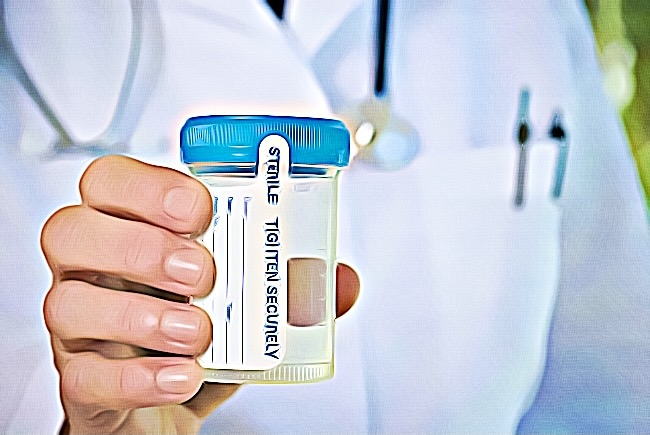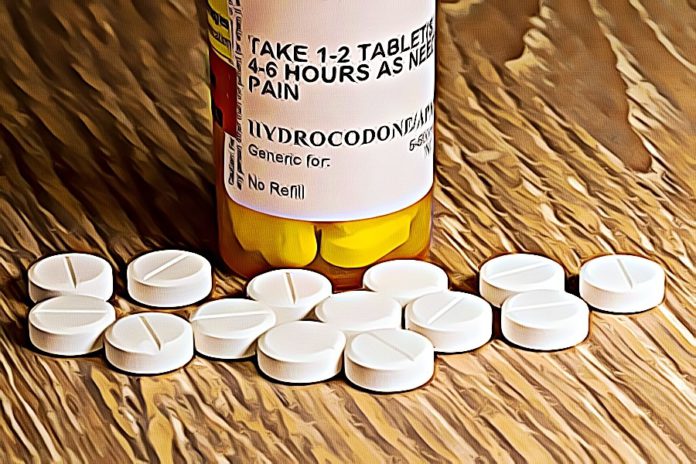Addiction can come in many forms. Pills are some of the most notorious causes of addiction because they are easy to come by. It may start as a harmless pain medication prescription from a doctor, but if left unchecked may take a turn for the worse.
One of the most common forms of medications that may sometimes be overused and abused are pain medications, specifically Vicodin. While this drug warrants a prescription to be able to be bought, there are many people who suffer from an addiction to this medication. This blog post will outline what happens when a person is addicted to Vicodin, how long this drug stays in one’s system and the withdrawal symptoms a person may have when they are trying to stop the use of this pain killer.
Vicodin Addiction: Everything One Needs to Know About it
Vicodin is a branded drug that is a combination of hydrocodone and acetaminophen. It is a type of pain medication and is considered a narcotic. This drug is not sold over-the-counter, and will require a doctor’s prescription to be able to buy it. Vicodi is meant to be swallowed, however, it may also be snorted or injected. The latter two methods are not recommended, and the risk for developing an addiction to this drug is high.
This drug has been listed as an Schedule II drug. In simple terms, it means that this Vicodin has a high potential to be misused and is considered to be dangerous. At the time of this writing, Vicodin has gotten more popular, which means that more people are at risk of getting addicted to it.
How Long Does Vicodin Stay in Your System?
If you are trying to help someone you care about get over an addiction, the first step is trying to get them to realize that misusing the drug is a bad idea. Taking them to get a drug test is one of the first things you can do for them on their long road to recovery. However, you may be wondering how long Vicodin stays in a person’s system after they have taken it.
The half-life of Vicodin is approximately four hours. This means that within four hours, the concentration of the drug will have reduced by half. One of Vicodin’s ingredients hydrocodone will be the one that will be detected when a drug test is conducted.
Side Effects of Vicodin
There are normal side effects that come with the use of the drug. These side-effects are namely drowsiness, headache, upset stomach, constipation, blurred vision, or dry mouth. However, sometimes, allergic reactions to Vicodin may occur. Possible allergic reactions may include hives, difficulty breathing, swelling of your face, lips, tongue, or throat. Since one of the components of this drug is an opioid, the risk of breathing problems may be high. This is especially true in cases where people overuse the drug.
If you or someone you care about complains about having a difficult time breathing, a lightheaded feeling, shows signs of confusion, bleeds easily, or feels dizzy or nauseated, call a doctor or bring them to the hospital. These may be some of the serious side effects of Vicodin.
Withdrawal Symptoms of Vicodin Addiction
Withdrawal from any substance abuse may cause a number of different symptoms. People who are withdrawing from long-term Vicodin use may experience insomnia, stomach cramps, nausea, loss of appetite, muscle aches, joint pain, chills, sweating, and restlessness, among other things. If you know someone who is dealing with trying to get over their Vicodin addiction, you may help by offering support for their life choice to stop using the drug.
Types of Drugs Tests to Detect Vicodin
There are four main testing methods to determine if a person has Vicodin in their system or not. Here is a list of these testing methods and how they are administered.
1 – Blood Test
Although this method may yield results, this is not the go-to method when it comes to the detection of Vicodin.
2 – Urine Test
Testing a person’s urine is a painless and quick way to detect if they have this drug in their system. Even if the half-life of the drug is only four hours, hydrocodone will be detectable in the person’s urine for up to four days after use. However, this window becomes much wider for people who have used Vicodin heavily.
3 – Saliva Test
This is another convenient way to test for the presence of Vicodin. However, the testing window for saliva is preferably between 12 and 36 hours after last use. This window is crucial because the Vicodin will not be detectable in the saliva before the 12-hour mark and it disappears after 36 hours.
4 – Hair Test
This is the most reliable way to test a person for Vicodin. A hair sample will contain traces of Vicodin for up to 90 days after the most recent use. Taking a hair test will be one of the most convenient and reliable methods to test a person for this type of drug.

Factors That Affect How Long Vicodin Stays in Your System
While there are benchmarks for how long Vicodin may stay in a person’s system, certain factors may still affect this turnaround time.
1 – Testing Date
Vicodin slowly begins to exit a person’s system after their most recent use. If they are not a frequent user or abuser of the drug, their test will show fewer traces of the drug if they get tested a long time after their last use.
2 – Dosage
People who use the drugs as it is indicated will likely only have a small trace of hydrocodone in their system. However, the heavier the dosage, the more likely the test will show results of high hydrocodone for a longer period.
3 – Metabolism
A person’s metabolism depends on age, sex and other genetic predispositions and even environmental factors. The faster a person’s metabolism is, the more quickly the Vicodin will leave their organs.
4 – Overall Health
If a person has any medical conditions or health issues, it may take much more time to break down the Vicodin and have it excreted out of the body. In these cases, a person may test positive for Vicodin weeks after their most recent use of the drug.
5 – Body Fat Content
Long-term and heavy use of the drug may have the opioids to be stored in fatty tissue. This means that it will take much longer for the drug to escape the system. Since the most detectable component of the drug will be stored in the body fat, the traces will be seen in test results for a much longer period than normal.
Conclusion
The use of Vicodin may be beneficial, as long as it is used in the correct dosage and only as needed. However, if it is abused, it may cause extreme unwanted side-effects and even death. Just like with any other type of medication, it pays to use Vicodin sparingly and cautiously. The moment you suspect that someone you care about may be fighting an addiction to Vicodin or any other type of drug, it is best that you find the right type of treatment and rehabilitation program to help them get over their addiction.
















